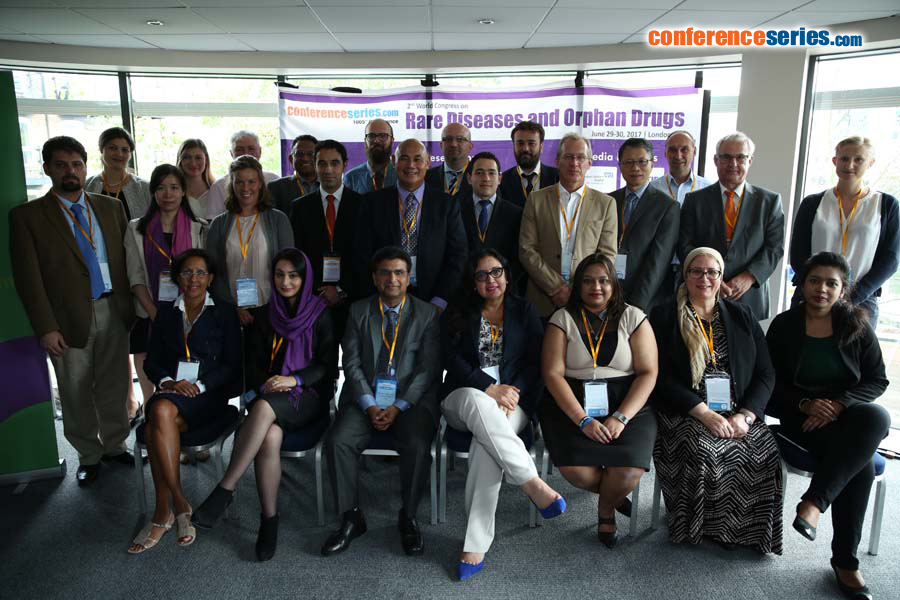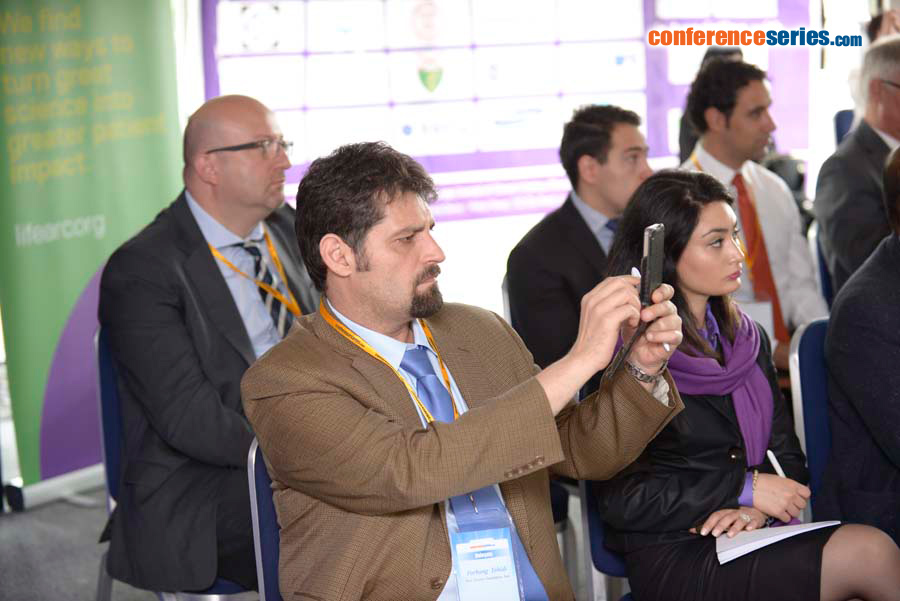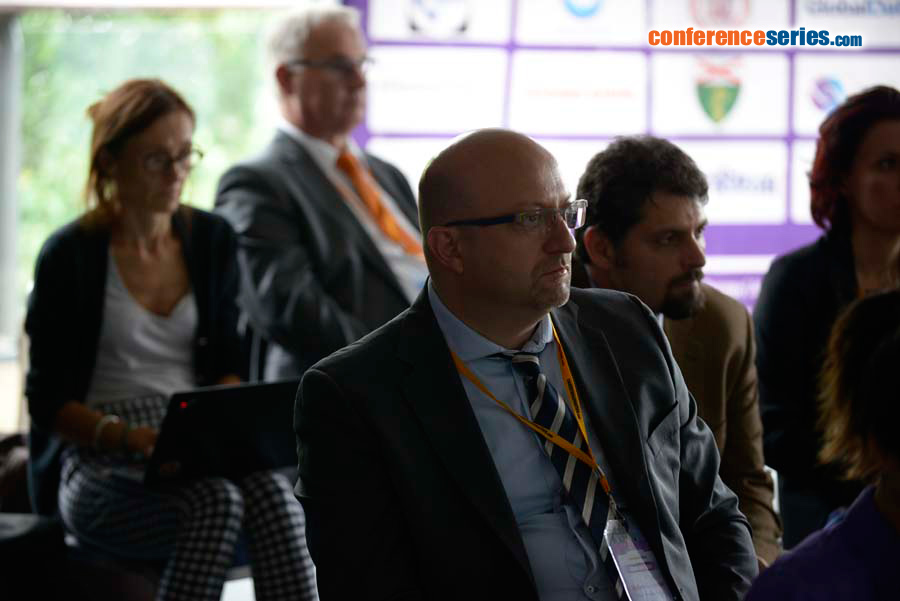
Stefano Giacomini
Medical Director
Rizzoli Orthopaedic Institute
Italy
Title: Treatment of Early Onset Scoliosis Associated with Rare Disease
Biography
Biography: Stefano Giacomini
Abstract
Background
Treatment of non idiopatic spine deformities in young children is very demanding.
Rare syndromes are various clinical conditions, heterogeneous in terms of clinics but associated with spinal deformities in a large percentage of cases. Scoliosis is the most common early onset deformity, sometimes present at birth and often rapidly evolving. Due to the complexity of its clinical aspects and early onset a multidisciplinary and timely approach is mandatory.
The purpose of this study is to describe an approach to spinal deformities in rare syndromes and assess the effectiveness of surgical treatment with growing systems (Growing rod, Magnetic rod and VEPTR-like system) at a young age.
Methods
A retrospective study of 11 paediatric patients (7 females and 4 males) treated at the authors’ department for early onset scoliosis associated with rare syndromes was performed. The patients had been surgically treated for scoliosis with growing systems, i.e. Growing Rod System, VEPTR and GSP, between 2006 and 2010 at the authors’ spine surgery department. Mean follow-up was 24 months (range, 12 to 36 months). Mean age at surgery was 7 years and the patients presented with the following clinical conditions: Escobar syndrome (1), scoliosis associated with congenital heart disease (1), Arnold-Chiari type 1 malformation (1), scoliosis associated with syringomyelia (1), type 1 neurofibromatosis (2), Prader-Willi syndrome (1), trisomy 8 (1), arthrogryposis (2) and spondylo-rib dysplasia (1). Each patient was investigated from the genetic point of view performing the following exams: brain and spine MRI, PFR, cardio-US and abdominal US, neuropsychiatric and neurological evaluation and a specific C0-C1-C2 CT scan to assess any instability, above all when some syndromes, such as arthrogryposis, were involved.
Results
After a total of 11 lengthening procedures, performed 11 months after surgery on average, a correction of the thoracic curve of 63% was observed at the last follow-up and the Cobb angle on average had decreased from 61° to 31°. A total of 8 postoperative complications were encountered, 2 of which required a revision surgery not originally planned.
Conclusions
The growing systems are good devices which have proved effective in the treatment of early onset scoliosis associated with rare syndromes, when deformities are very aggressive on account of the peculiar features of the syndromes and, subsequently, are difficult to be controlled conservatively.
Both clinical and instrumental evaluation performed specifically for each patient were of the utmost importance, since the peculiar features of each syndrome had to be assessed together with the common characteristics of scoliosis shared by all patients.
PFR evaluates the young patients’ life quality indirectly; cardio-US and abdominal US are useful in the study of visceral malformations; brain and spine MRI can detect spinal cord malformation, that is to say contraindications to surgery, and is mandatory for thorough preoperative planning.
The indication for traditional Growing Rod, or Magnetic rod, rather than VEPTR/GSP should be given according to patient’s age and considering the presence of thoracic hyper kyphosis or chest deformities.




